Cotton, a bad pupil for the planet?
We quickly discovered that cotton did not have a good press... It is however the most used textile fiber in the world for the manufacture of clothing. It comes from the cotton flower, which is mainly grown in India, China, the United States, Brazil and Pakistan. In these countries, the climate is favorable to its culture unlike the mostly temperate climate of Europe (Greece produces some organic cotton).
The main reproach made to cotton is the use of pesticides. According to planetoscope, cotton cultivation represents only 2 to 3% of cultivated land, however it consumes 24% of the pesticides produced worldwide, some of which are classified by the WHO as "highly dangerous" or "extremely dangerous". A catastrophe for the local populations.
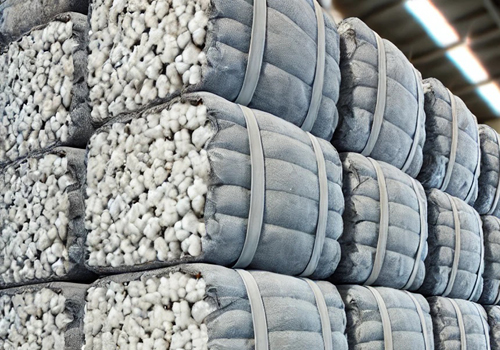
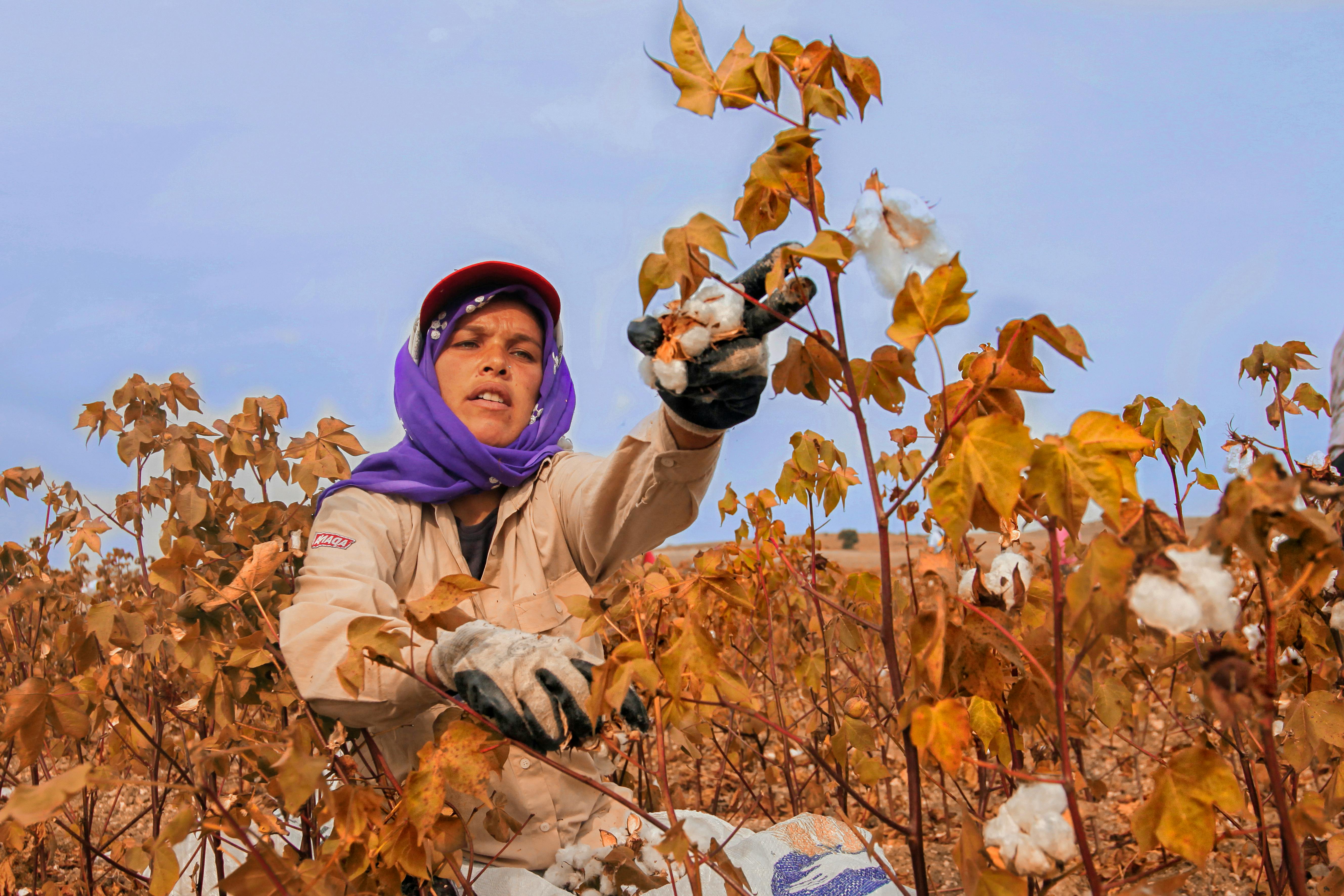
The second reproach we discovered is its water consumption. As usual, we went to the FAO statistics. No surprise, cotton is indeed the 6th most water consuming crop behind sugar cane, bananas, dates, grapefruits and rice. To be transparent, we also found elements to qualify this information. Indeed, it seems that massive investments have been made by producing countries to modernize their irrigation systems over the last 5 years. But no very reliable sources... so we're sticking with the FAO!
As we described for leather , the problem is accentuated by the source of the water used for cotton cultivation.
The most virtuous water for the planet is the so-called "green" water. It comes from rain and is therefore a truly inexhaustible resource. However, the cotton-producing countries listed above all have a climate that induces strong water pressure: low rainfall, hot and dry climate. Cotton growing therefore relies very little on this so-called "green" water.
Nor does it come from grey water (used water, i.e. recycled water) because it requires a high level of infrastructure in rural areas that are sometimes disadvantaged... This leaves "blue" water (from groundwater, rivers or water bodies) which is the most fragile and is becoming increasingly scarce. The cotton industry therefore draws massively on this "blue" water, which is moreover at the cost of important irrigation infrastructures. We remember the images of the infamous drying up of the Aral Sea, due to the detour of rivers to irrigate cotton crops in the steppes of Central Asia...

The recycling of cotton
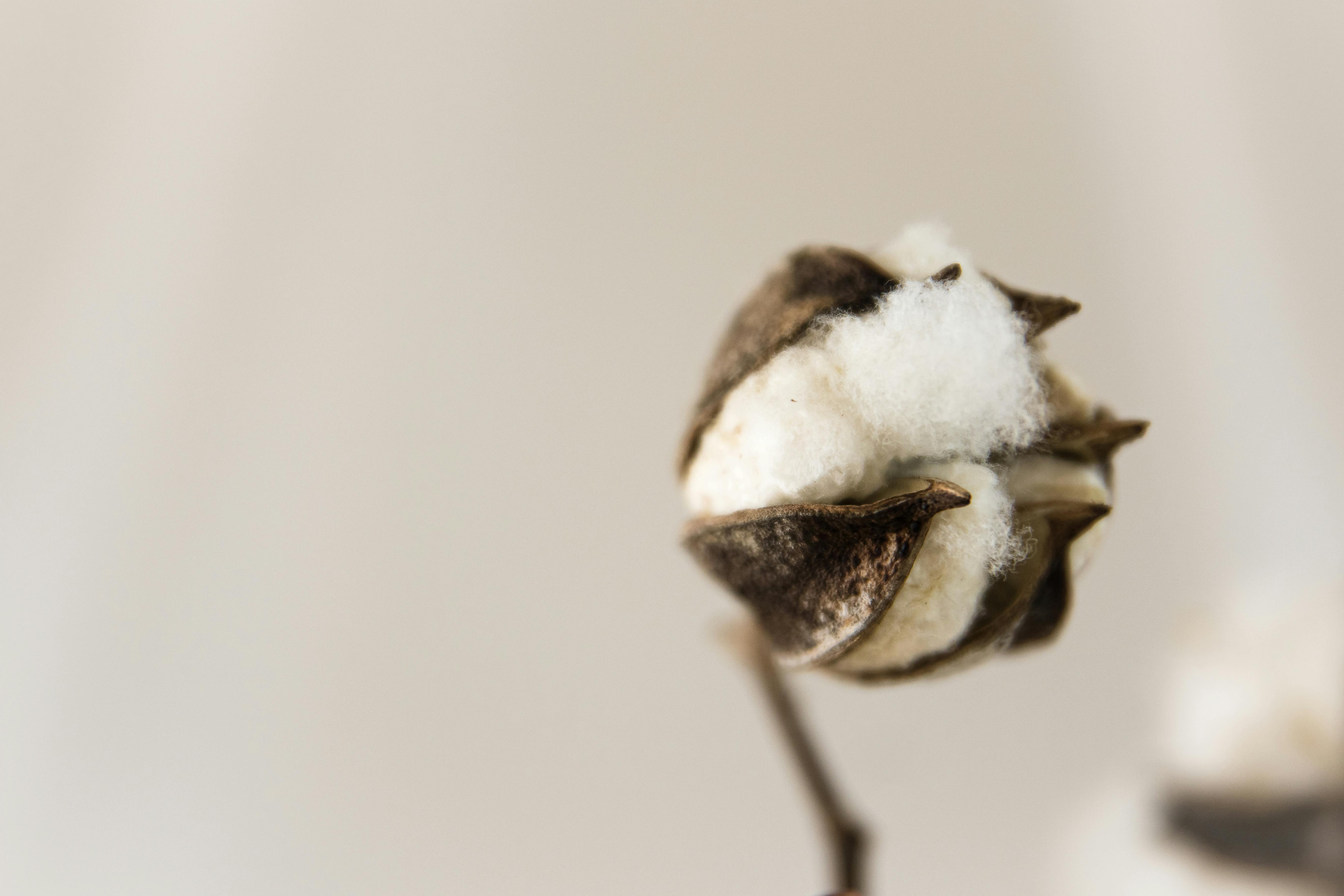
We then delved into the subject of textile recycling. Cotton is indeed a material that can be recycled very well if it is used in mono material. A cotton T-shirt, mono material, can give back cotton.
Recycled cotton comes from three sources:
- During the manufacturing process, the workshops cut out large strips of fabric. For each piece made, a sleeve, a collar etc... the pieces of fabric lost after cutting are called scraps. They are thrown away or better, sold at a very low price to be recycled.
- It is also possible to find in the workshops unused fabrics and resold at a good price for recycling (overstock, cancelled orders etc...)
- Finally there is the collection of used clothing, as with TEXAID in Switzerland, a program in which we participate with our shoes. Note that the presence of synthetic fibers (such as polyester, for example) mixed with cotton makes it very difficult to recycle as "new" cotton fibers. Instead, these materials are used to make insulation for homes.
The question of choice: organic or recycled cotton?
We were very tempted to buy organic cotton. The label is the guarantee of a reasoned agriculture, of farms on a human scale, and especially of the abandonment of pesticides. Moreover, we learned that organic cotton consumes less water than non-organic cotton: the soils are richer and retain rainwater better. Furthermore, since no pesticides are used, no water is needed to dilute the pollutants used during cultivation.
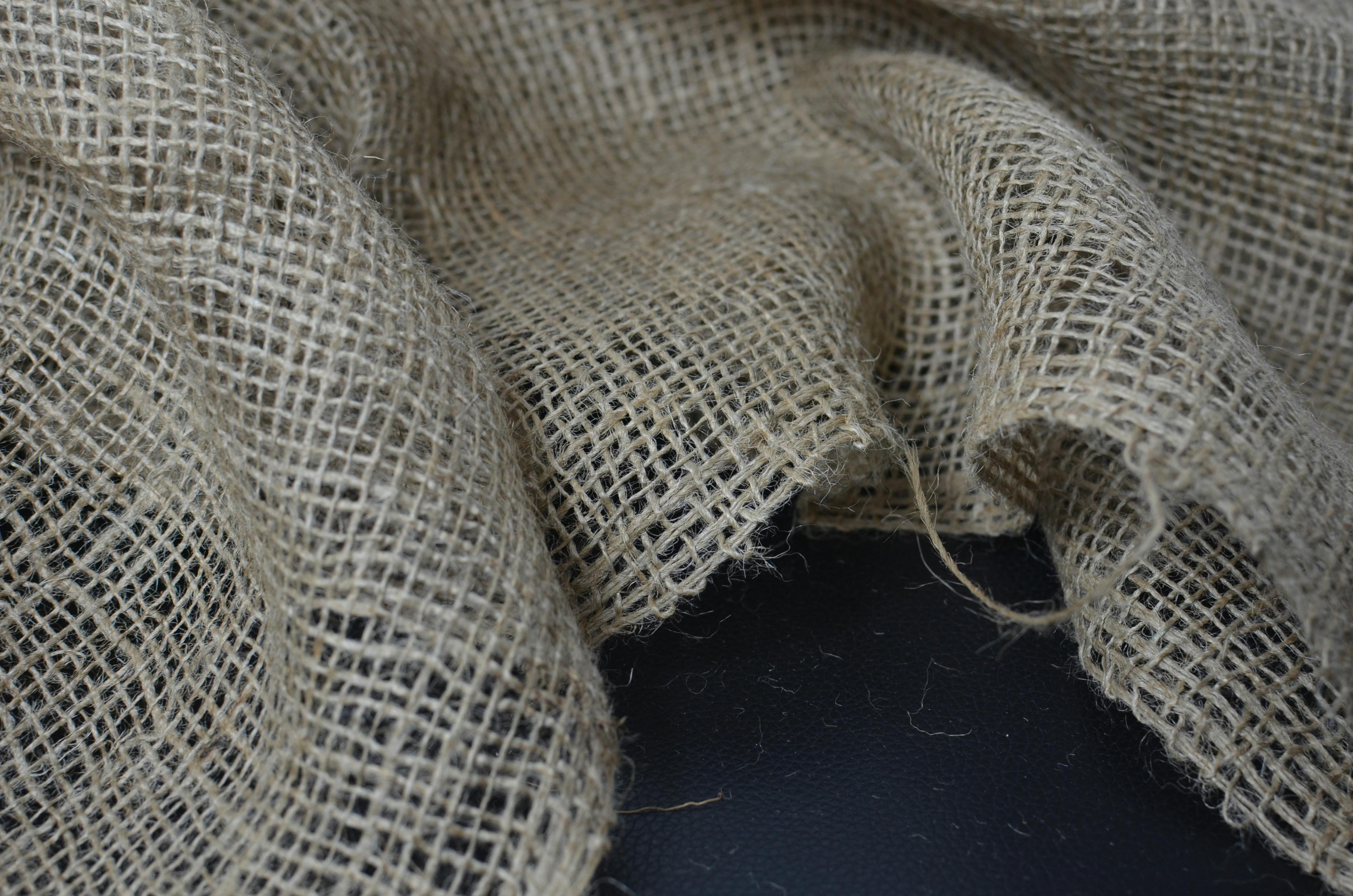
But when you think that 80 billion clothes are made every year... for what waste? A very clear infographic from the novethic.fr website, compiling sources such as the Ellen Mac Arthur Foundation or the ADEME shows that 93% of the clothes in a wardrobe have not been worn for 1 year! So, even on our small scale, is it really necessary to contribute to increase this waste at Benjie, by producing even more cotton, even if it is organic?
Recycled cotton: our choice!
Our choice was recycled cotton. But is it really the right choice? Well, it would be biased to say yes... Indeed, we discovered that recycled cotton did not have a neutral impact on the environment either. The recycling of cotton is indeed done via complex mechanical processes that consume a lot of energy. The fabric is collected, crushed and reduced to fiber, then these fibers are twisted into yarn. And finally the process of making up continues as for a traditional thread. It is an industrial process done in a factory.
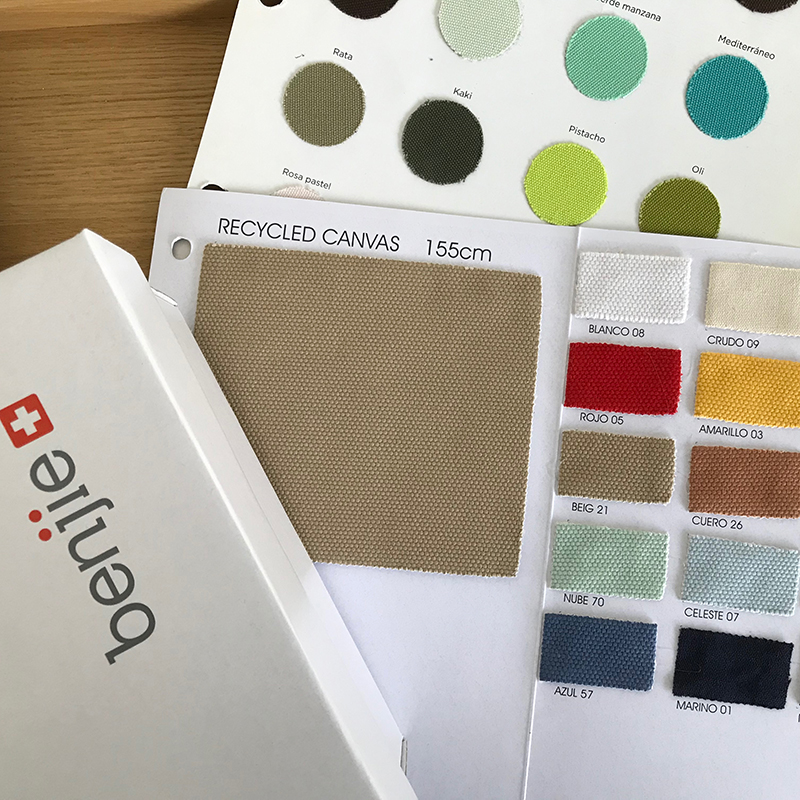
But three ultimate arguments convinced us to choose recycled cotton:
- Whatever happens recycling cotton requires neither water nor pesticides unlike cotton, even organic cotton (for water).
- Our recycled cotton does not need to be produced in a producing country. It is manufactured directly in Spain, which limits the transportation of raw materials and reduces its carbon footprint.
- Finally, recreating material without requiring the production of a new raw material is always the real grail... As in our used Benjie shoes recycling program, we always tell ourselves that the best gesture for the environment is to use an already created resource longer rather than making a new one.

